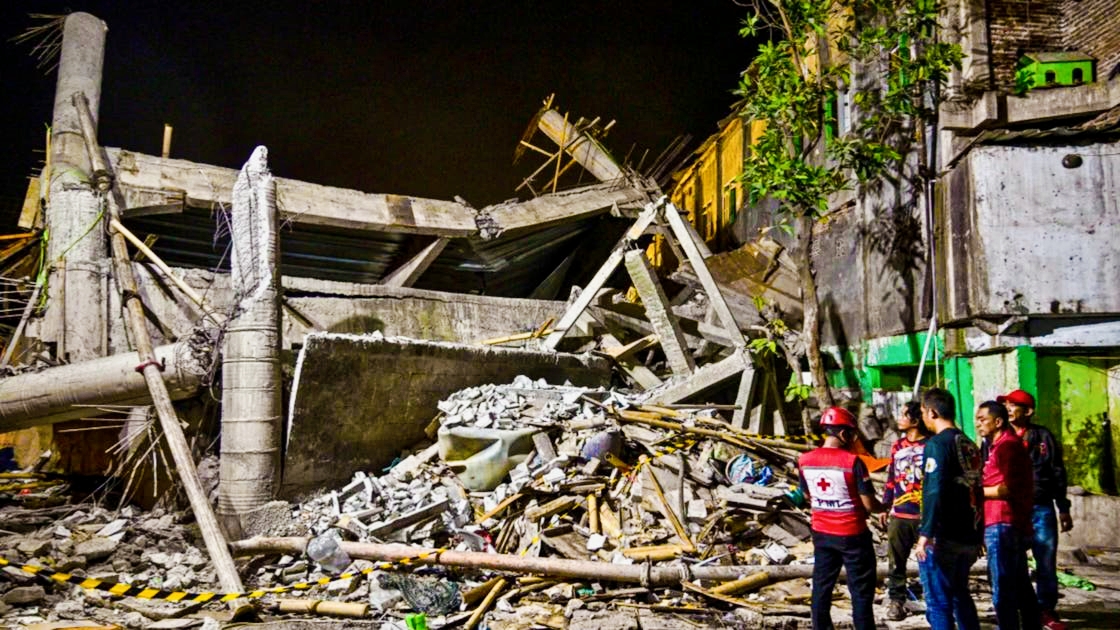Indonesian authorities announced today, Tuesday, the end of search and rescue operations at the site of the "Khazini" school collapse in Sidoarjo, East Java, after a week since the disaster that resulted in 67 fatalities, marking one of the worst disasters the country has faced this year.
Yudhi Pramanto, the operations director of the National Search and Rescue Agency, confirmed that a total of 171 people were retrieved from the rubble, including 67 deceased and 104 survivors.
In a press conference, Muhammad Siyafi, the director of the agency, stated that "search operations lasted for nine days, during which all victims were retrieved and all debris from the collapsed building was cleared."
A previous toll published on Monday evening indicated that 63 people had died, while no officials confirmed today whether there were any bodies that had not yet been found.
Earlier, a relief official reported that at least 10 people were still missing.
So far, only 17 bodies have been officially identified, according to the disaster victim identification unit of the Indonesian police.
* Collapse During Afternoon Prayer
The disaster occurred last Monday when part of the internal education section of the multi-story school collapsed while about 150 students gathered for the afternoon prayer.
Initial investigations indicate that illegal construction work was ongoing at the time of the collapse.
One of the building's guards explained that the collapse happened while workers were pouring concrete to build an additional layer in the school, suggesting that the construction did not meet safety standards.
* The Deadliest Educational Disaster in Indonesia This Year
Authorities described the disaster as the deadliest in Indonesia since the beginning of 2025.
Budi Irawan, the assistant director of the National Disaster Management Agency, stated that the incident reflects a deeper problem regarding the lax adherence to building standards and oversight of construction sites in the archipelago.
Safety experts pointed out that preliminary evidence confirms serious construction violations, which raises growing concerns about the poor enforcement of laws and engineering standards in educational buildings.
* Concerning Precedents in the Country
Last September, Java also witnessed the collapse of a building housing a prayer hall, resulting in the deaths of three people and injuries to dozens, increasing pressure on the Indonesian government to tighten oversight on construction projects, especially in public facilities.
This horrific tragedy brings back urgent questions about the safety of educational infrastructure in Indonesia and the necessity to hold accountable the negligent parties to ensure such incidents do not recur in the future.

